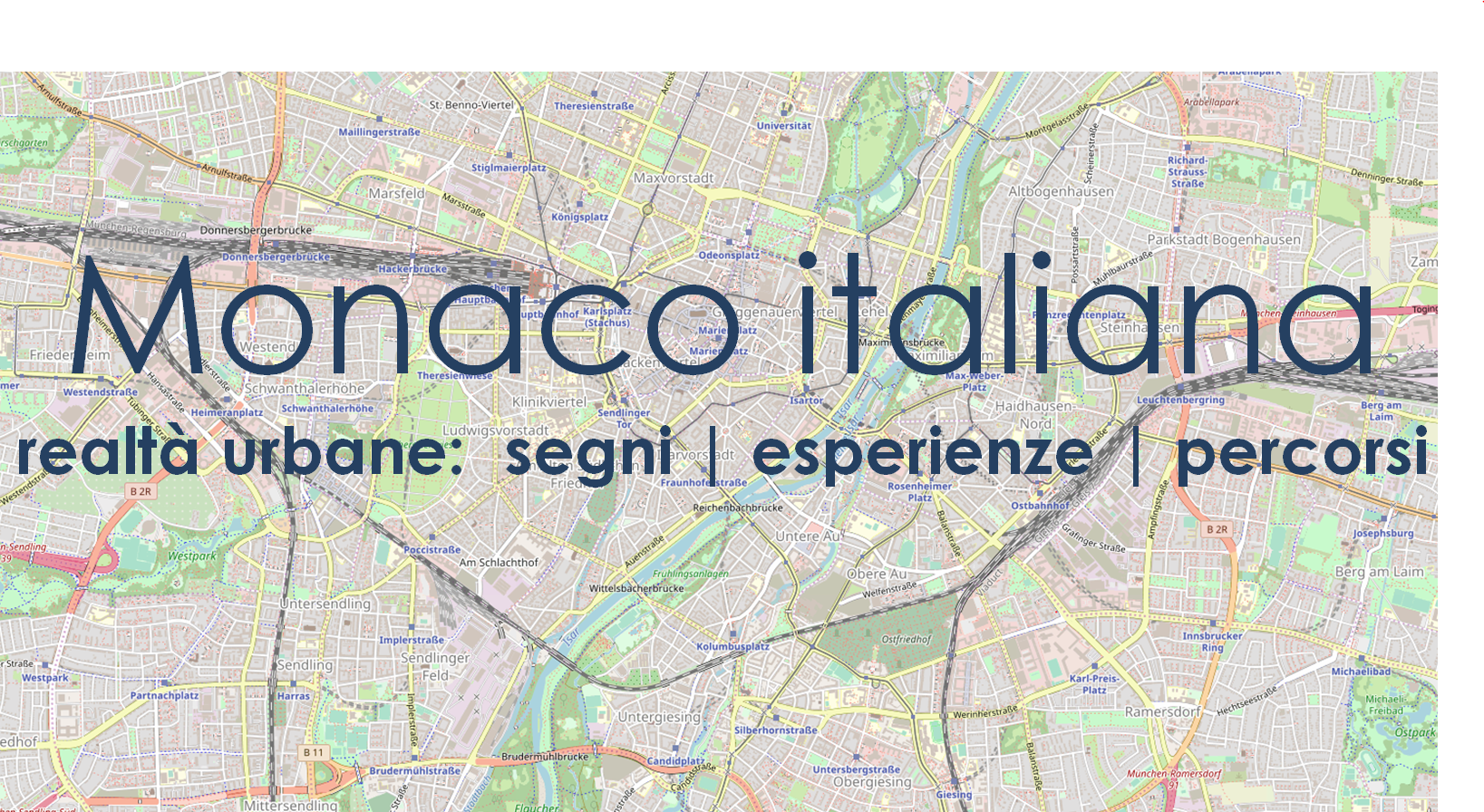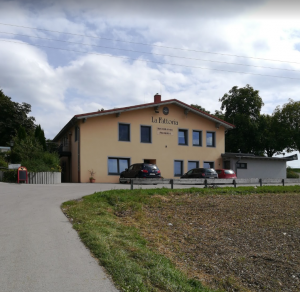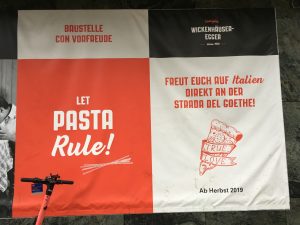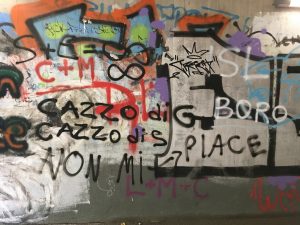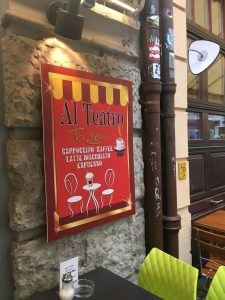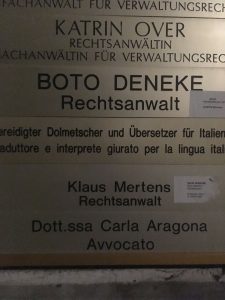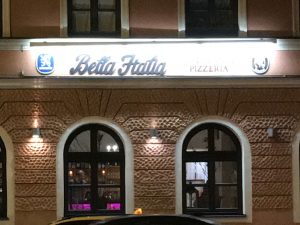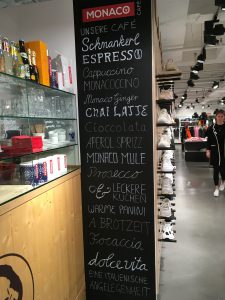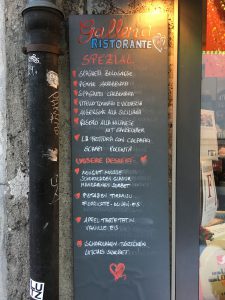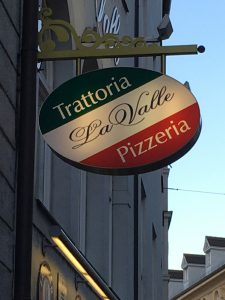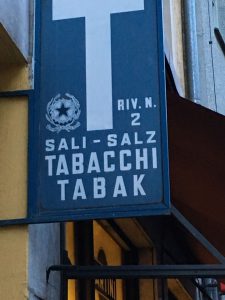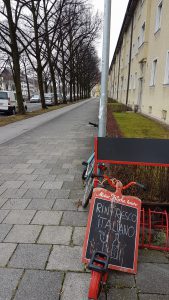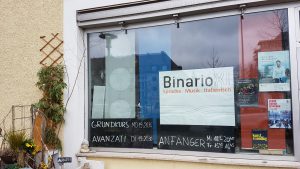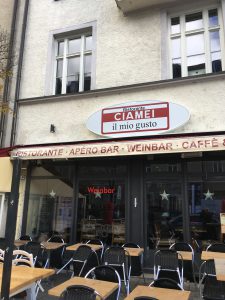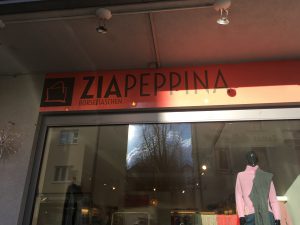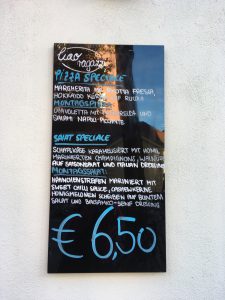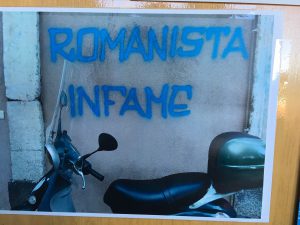→ Istruzioni per caricare delle foto sulla cartina
“The language of public road signs, advertising billboards, street names, place names, commercial shop signs, and public signs on government buildings combines to form the linguistic landscape of a given territory, region, or urban agglomeration” (Landry/Bourhis 1997: 25).
Semiotic Landscaping si configura come un’espansione del concetto di linguistic landscaping, creando un interplay tra linguaggio, discorso visivo, segni non verbali (bandiere, foto, musica ecc.) e dimensione dello spazio (vd. Krefeld 2021: Link). In tal senso si intende la sinergia realizzata attraverso le diverse forme del linguaggio in un determinato spazio (come può essere, ad esempio, lo spazio urbano), alimentate dal capitalismo globale, dalle nuove forme di comunicazione e dalla mobilità internazionale.
“In the era of multimodality semiotic modes other than language are treated as fully capable of serving for representation and communication. Indeed, language, whether as speech or as writing, may now often be seen as ancilliary to other semiotic modes: to the visual for instance. Language may now be ‘extravisual’.” (Kress/van Leeuwen, 2001: 46 )
Implementazione della funzione cartografica: Florian Zacherl
Bibliografia
- Landry/Bourhis 1997 = Landry, R. / Bourhis, R. Y. (1997): Linguistic Landscape and Ethnolinguistic Vitality: An Empirical Study, in: Journal of Language and Social Psychology, vol. 16, 1, 23-49 (Link).
- Krefeld 2021 = Krefeld, Th. (2021): Geschriebene Sprache(n) im öffentlichen Raum und die ‘Linguistic Landscape’. Version 1 (02.02.2021, 10:27). Lehre in den Digital Humanities (Link).
- Kress/van Leeuwen 2001 = Kress, G. / van Leeuwen, Th. (2001): Multimodal discourse: The modes and media of contemporary communication, London: Arnold.
